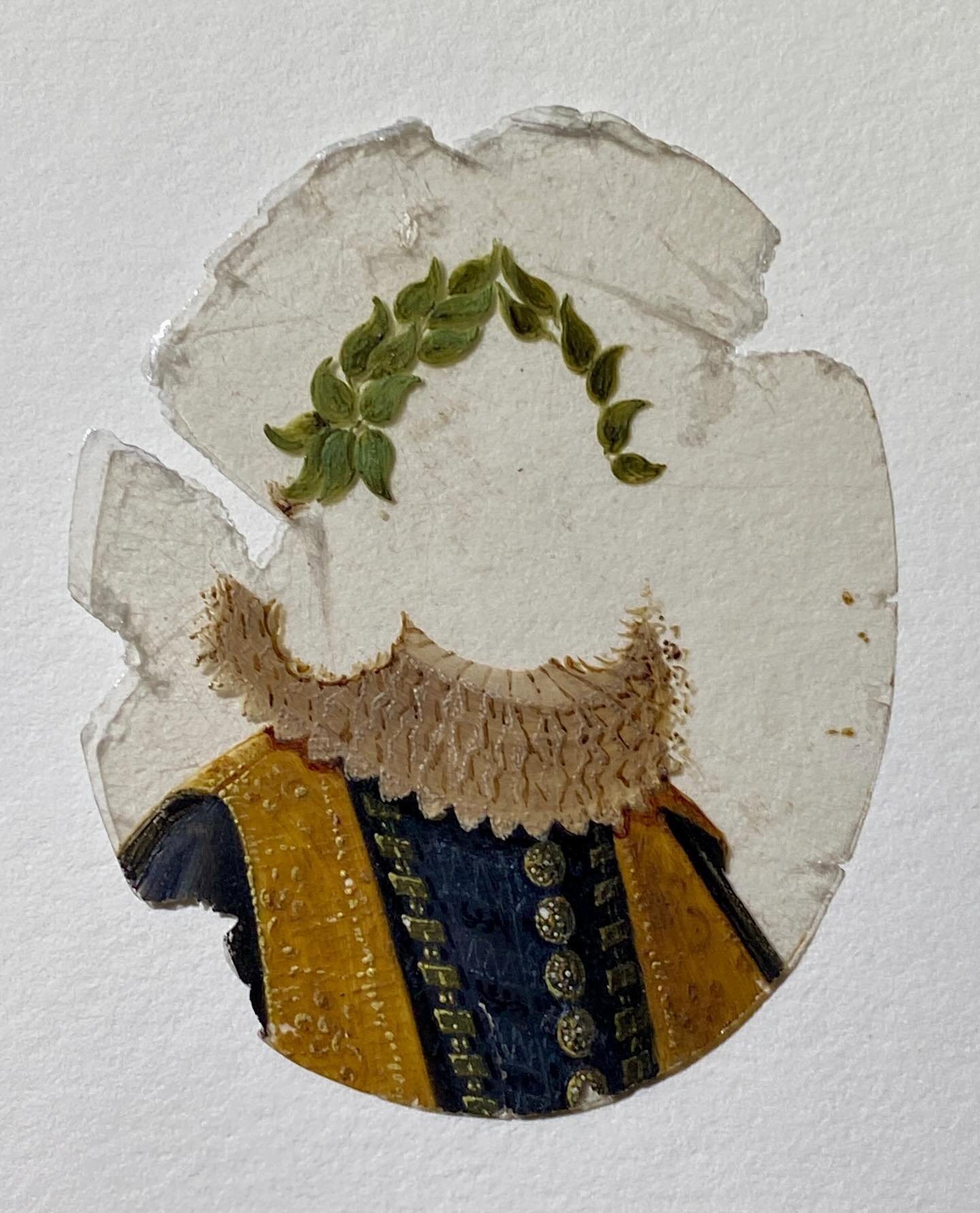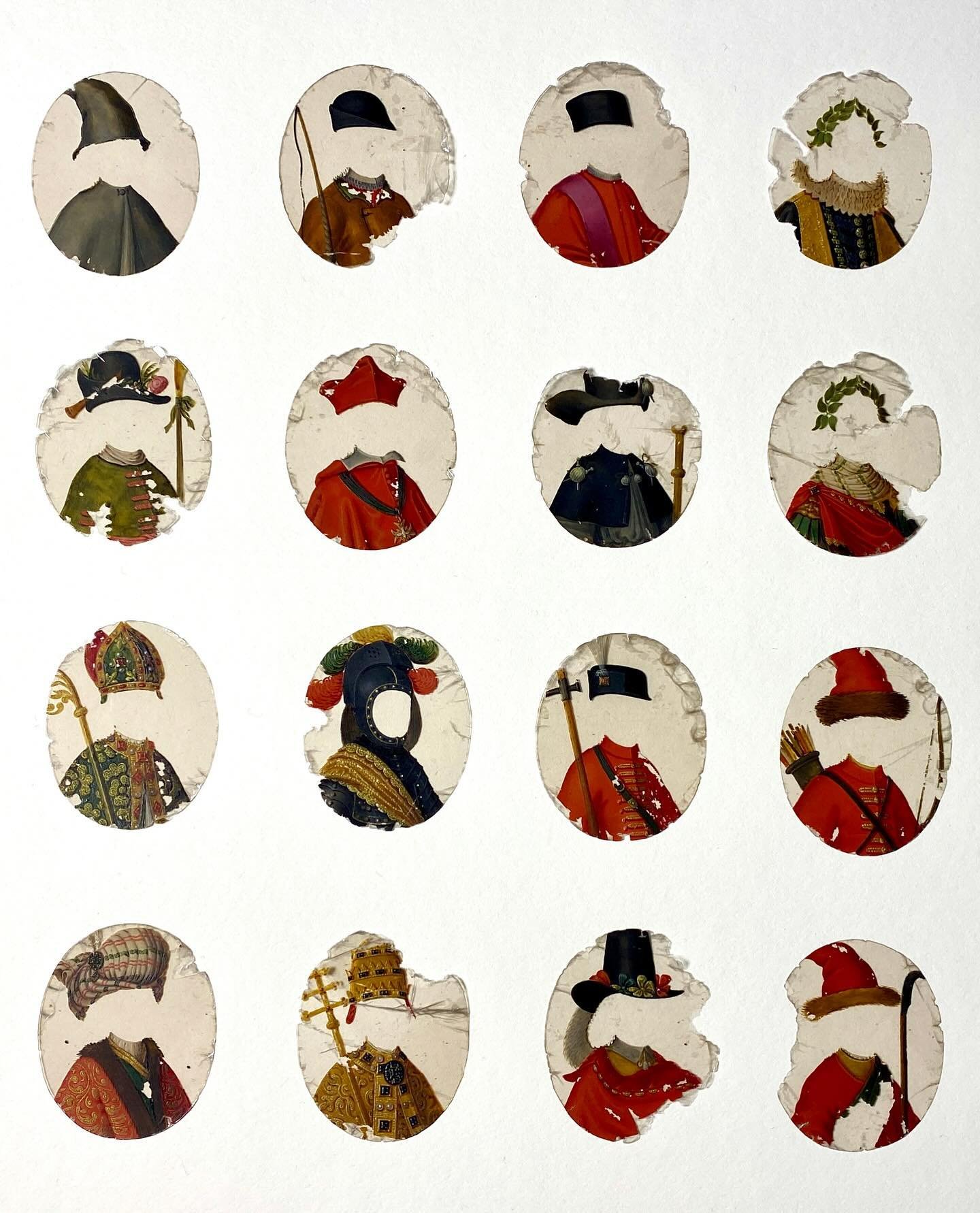“Total resistance to the grasp”
Faces are illegible to me now.
Re-reading Emmanuel Levinas’ “Ethics of the Face,” but feeling only chimera and failure.
The face resists possession, resists my powers. In its epiphany, in expression, the sensible still graspable, turns into total resistance to the grasp. This mutation can occur only by opening of a new dimension. ... (Levinas)
When ... it began to be forced upon men's unwilling belief that the style of the Pre-Raphaelites was true and was according to nature, the last forgery invented respecting them is, that they copy photographs. (John Ruskin)
Alleged “scene of flirtation,” per Duchenne:
“Sideways for ecstasy and sensual delirium”
Photographic art picked up from the expressive portrait painting and applied painterly precepts to composition.
This meant sketching an expression taken on the fly, drawing or painting a living model, and, by skillful composition, aiming for beauty without losing any of the truth of the subject. (Francois Delaporte, Anatomy of the Passions)
Delaporte on the “downward gaze for humility and sadness”:
Modifications of the gaze depend on the remnants of what surrounds it: the eye takes on the color of passion under the effect of muscular actions. The gaze becomes interrogative with the elevation of the frontals, menacing with the action of the pyramidals, and smiling with the contraction of the zygomatics major and the inferior palpebral orbiculars. Moreover, Duchenne had not omitted to indicate the direction of the eyeball axis in certain passions: for example, an oblique gaze upward and sideways for ecstasy and sensual delirium, a downward gaze for humility and sadness. But the most serious error of his opponents was to not have understood that the photographs are inscribed only within the scientific register.
The feminine bobs from oblique to downward and back, a pendulum that creates its own time and gives rise to expectation. Duchenne’s view that the eye takes on the color of passion under the effect of muscular actions…
Delaporte on what Duchenne saw and caricature: “In photos that fix the acme of a passion, he was seeing prototypes close to caricature. He did not understand that these images escape the genres of both portrait and caricature. Duchenne did not want to either attenuate or correct facial features, on the one hand, or to deform or emphasize one feature or another.”
Back to Arthur Rimbaud "Nocturne Vulgaire" . . .
— Ici, va-t-on siffler pour l'orage, et les Sodomes, — et les Solymes, — et les bêtes féroces et les armées,
— (Postillon et bêtes de songe reprendront-ils sous les plus suffocantes futaies, pour m'enfoncer jusqu'aux yeux dans la source de soie).
The clinical alters the nature of palpation. To touch to is to be determined, defined, existing in relation to comparison.
Levinas again— with the facial ethics, the beholding he ultimately located in a political state, a theology: The face, still a thing among things, breaks through the form that nevertheless delimits it. This means concretely: the face speaks to me and thereby invites me to a relation incommensurate with a power exercised, be it enjoyment or knowledge.
In photography, the exhibition value starts to suppress the value of the ritual involved in creation, Walter Benjamin said. But the ritual value resists and “retires into an ultimate retrenchment: the human countenance,” to quote B: It is no accident that the portrait was the focal point of early photography. The cult of remembrance of loved ones, absent or dead, offers a last refuge for the cult value of the picture. For the last time the aura emanates from the early photographs in the fleeting expression of a human face.
“The expression the face introduces into the world doe not defy the feebleness of my powers, but my ability for power (mon pouvoir de pouvoir)?” (Levinas)
“By the frank laugh, a person expresses, without wanting to, something that he or she could never say. A joyous behavior without any joy the case arising precisely from electrical simulation is doubly impossible, because the person does not command the contraction of the inferior palpebral orbicular, and because he cannot say what is, by its very essence, unsayable. The springing forth of expressive force and its constraining character carry no symbolic determination Only reflex actions realize the mechanism of the expressive act. Physiognomy presents an authentic expression when, and only when, the organism gives birth to the image of an emotion that it is impossible to mime.” (Francois Delaporte, Anatomy of the Passions)
A breath opens operatic breaches in the partitions, — blurs the pivot of crumbling roofs, — disperses the limits of the thresholds, — eclipses the casements. — Along the vine, I pressed my against a gargoyle, — and descended into this carriage, whose epoch is marked by convex windows (Rimbaud, vulgar nocturne)
(mon pouvoir de pouvoir)
I was drawn to these images shared by Maaike Dirkx (who maintains an excellent art history blog titled Rembrandt’s Room) as types of portraits, a formal possibility for portraits with exchangeable “filters” that existed in the 17th century. Dirkx describes them as “exchangeable overlays showing a variety of costumes and hairstyles became popular in the mid 17th century,” thus offering a glimpse at aspirational norms in Amsterdam then.
Selfie—- and the filter as expressive borrowing, creating a shared context.
Rembrandt’s Room / Maaike Dirkx: “This one has 20 surviving overlays in different design (there may or may not have been more originally) all worn from frequent use, yet still good fun!”
“While the paint layer is usually oil on copper,” Dirkx adds, “the overlays are cut from very brittle naturally forming transparent silicate minerals. Oil on metal and mica, c. 5 x 4 cm.”
See also Maike Dirkx’s “Sassetta: the quest for an altarpiece”
Isabella Hammad, “Things That Have Died By the Pool”







